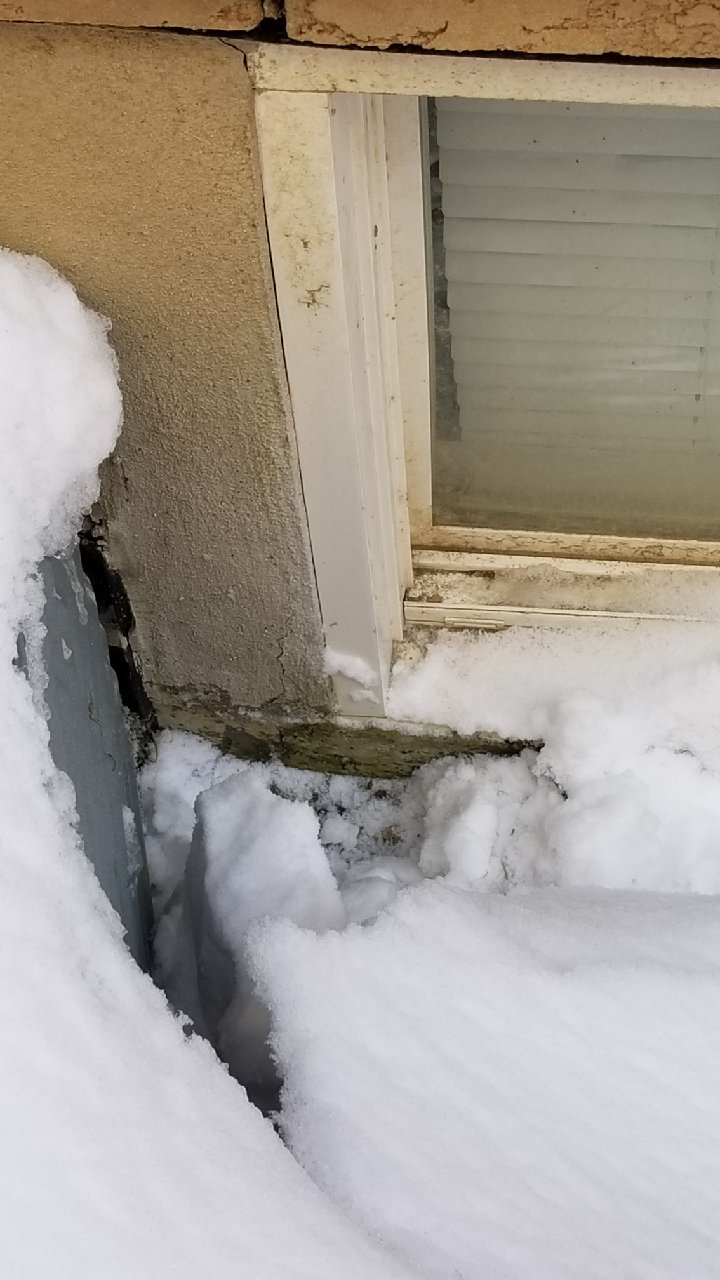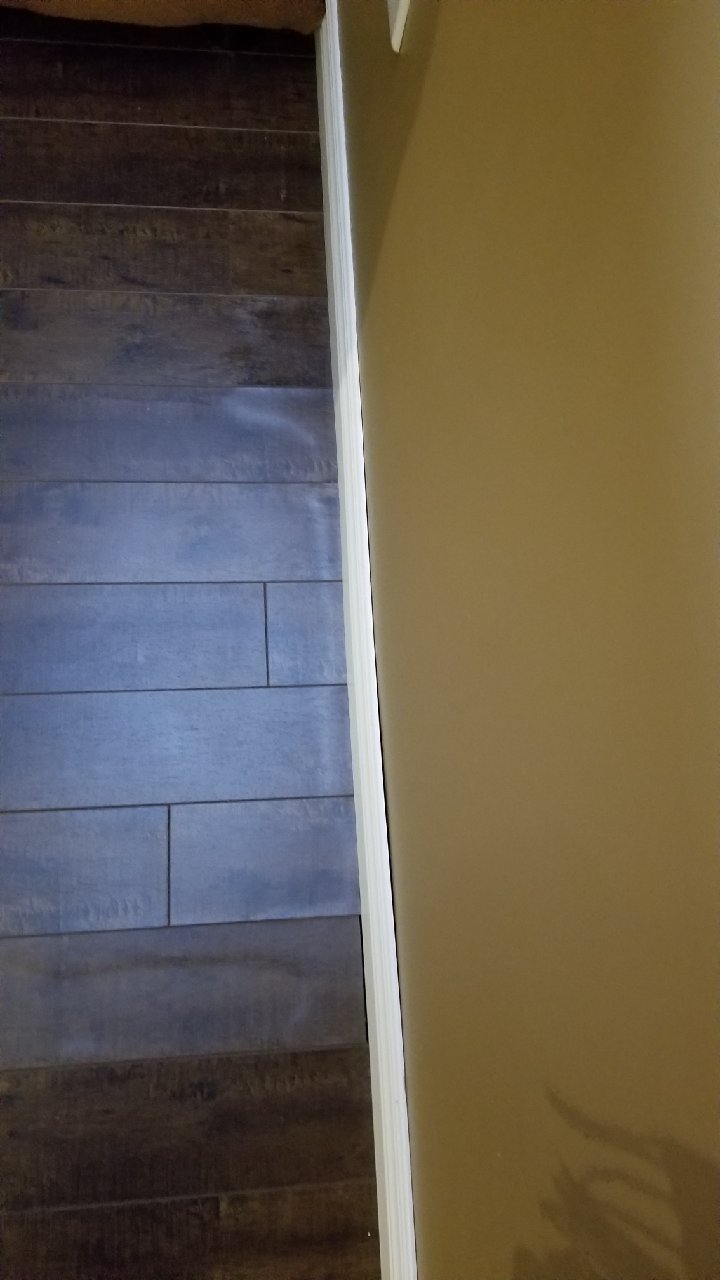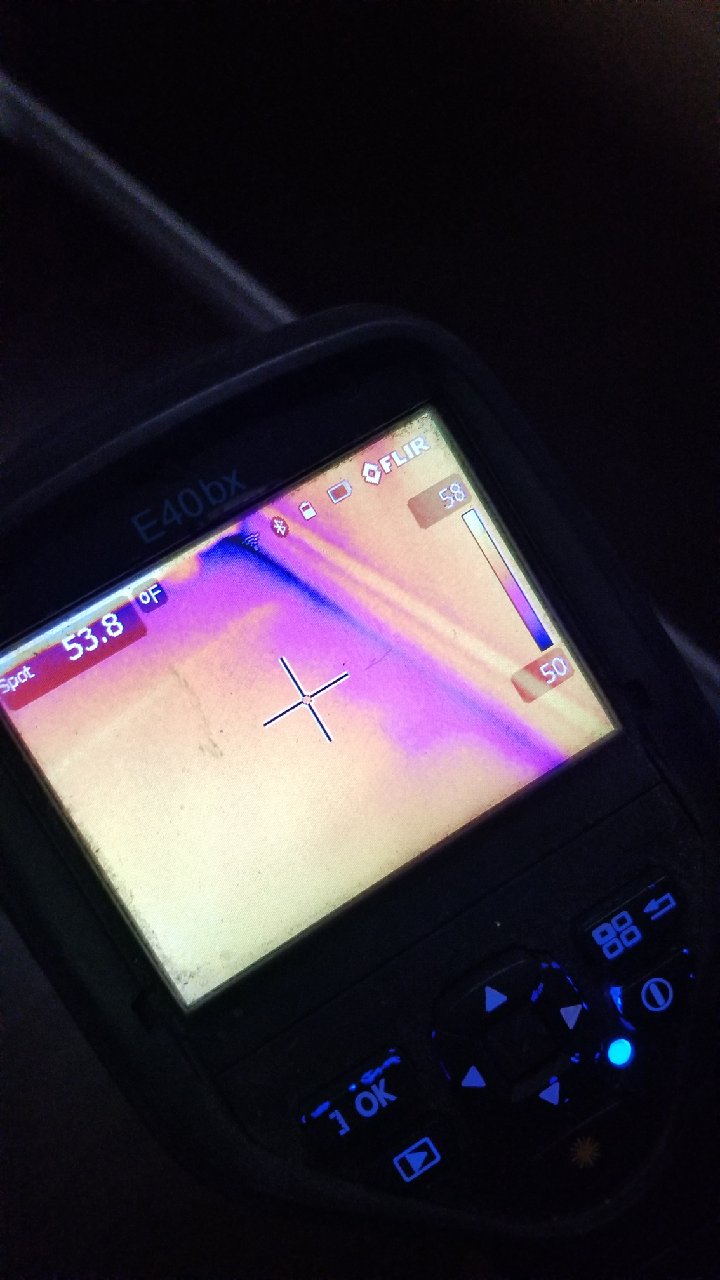The condition of a home’s foundation is something that worries many a buyer, for good reason. The integrity of the home itself relies on it. And no one wants water coming in either. I’ve seen more than a few bad foundations over the years that’s for sure. These usually stick out like a sore thumb if you know what to look for.
Foundation problems almost always involve cracking, and more seriously, cracking and settling. It’s a very bad thing for movement to occur. This can happen from poor drainage, sub surface erosion or insufficient soil compaction. It can also result from age, poor workmanship, undersized footings or even additions to the home itself.
Luckily, settlement and shifting is readily apparent to the trained eye. This is why a home inspection is so important, as is working with a great Realtor with experience in the profession. Sometimes a quick walk around the foundation is all I need to reject a home. Step-cracks in the brickwork are another tell, but aren’t always indicative of serious issues. A closer look is always needed.
Inside, evidence of settling can show up in cracked plaster, uneven flooring and doors that won’t close properly or are misaligned. But these issues can just be age as well. If you love older homes a Realtor or home inspector with experience in century homes is a must.
Foundation cracks that don’t involve settling are far more common. I’ve seen these countless times even in new homes just a year or two old. The cracking is far more common in the poured floor but also occurs in the walls. This problem seems to be less of an issue in older homes and I wonder if modern technology is the culprit. Today’s concrete uses additives that allow pouring almost all year which wasn’t the case back in the day.
In my opinion serious cracking involving settling are a no-go for my buyers. Remediation work can run in to the tens of thousands of dollars and it’s better not to take the risk.
The slide show below shows three pictures of a very serious issue, and one that is less so. Can you spot the difference?


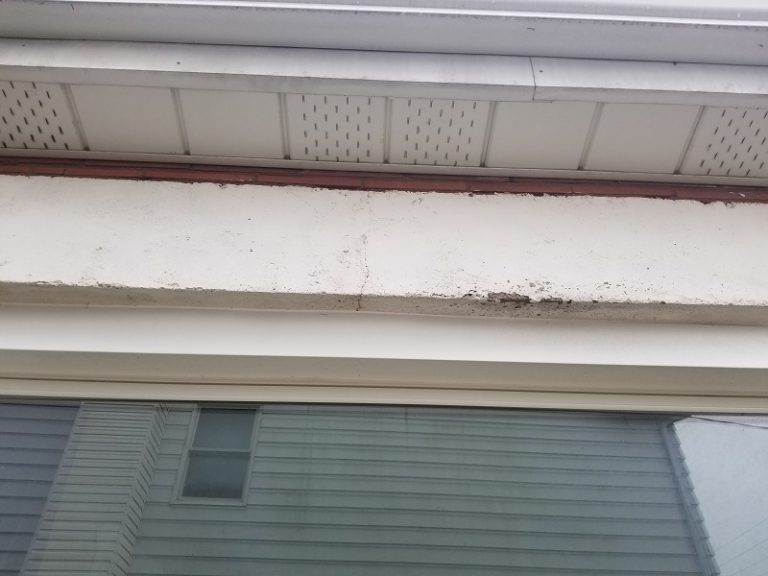
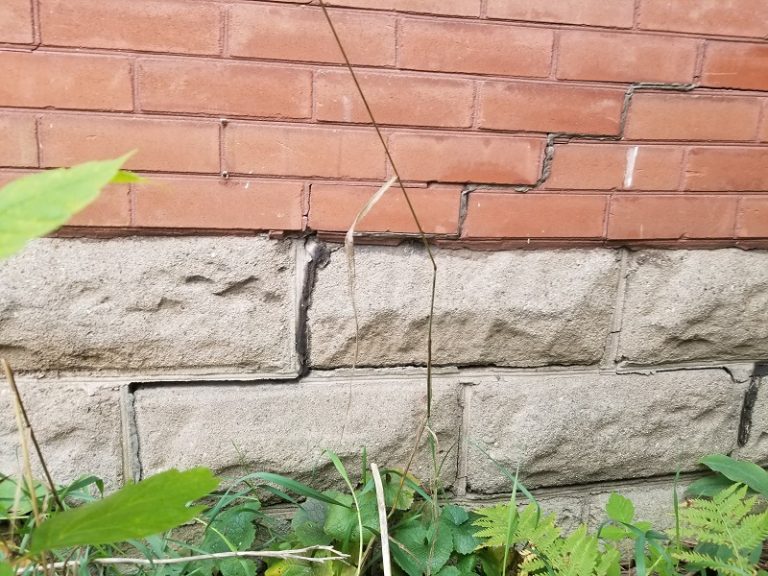
In other cases closer examination is called for. Cracks in a foundation with good drainage are way less of an issue than a foundation sitting in a high water table. Rubble foundations like that in my 1889 home can be perfectly sound but still be damp or even leak on occasion. Step cracks in brick work can indicate a major problem or just be an overloaded header or sill on a window that has nothing to do with the foundation.
So drainage, soil type, the length of the downspouts, having a sump pump or not, and the type of foundation are all factors to consider if cracking is discovered when you are looking at property. If you decide to move forward with a purchase you’ll be happy to know that it’s surprisingly cheap to fix cracked basements these days with epoxy injection. The cost for a typical crack is under $1000 and the vendors almost always provide a transferable warranty on their work.
Here are some shots of a very typical foundation crack at a window well in a modern home. Water penetration is evident inside.
